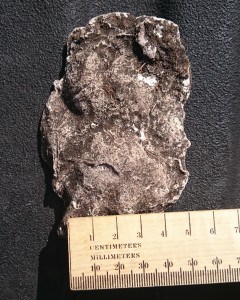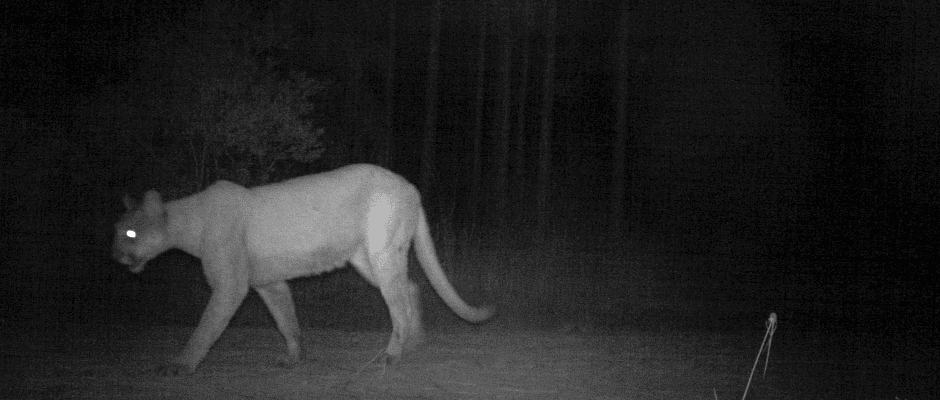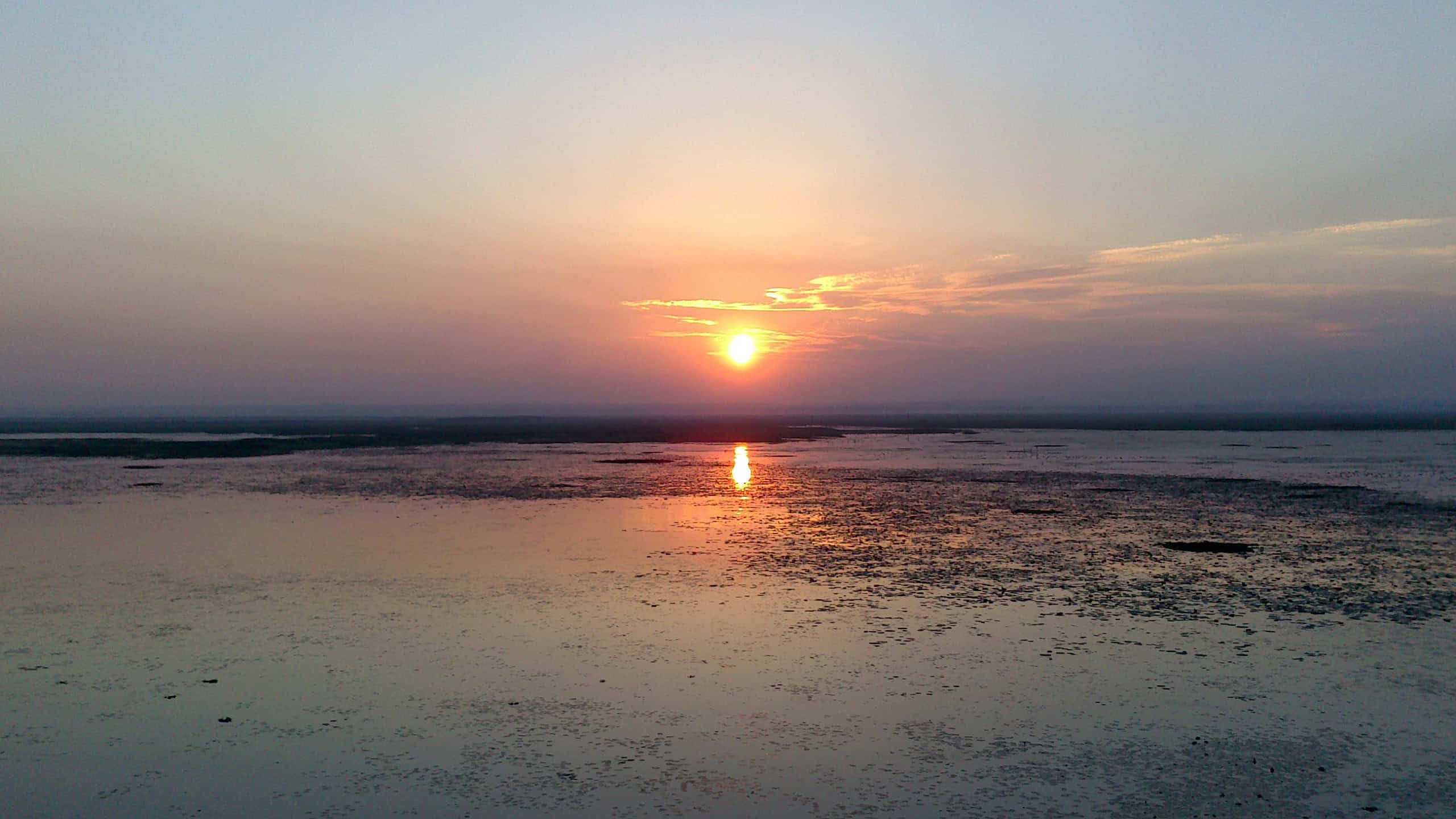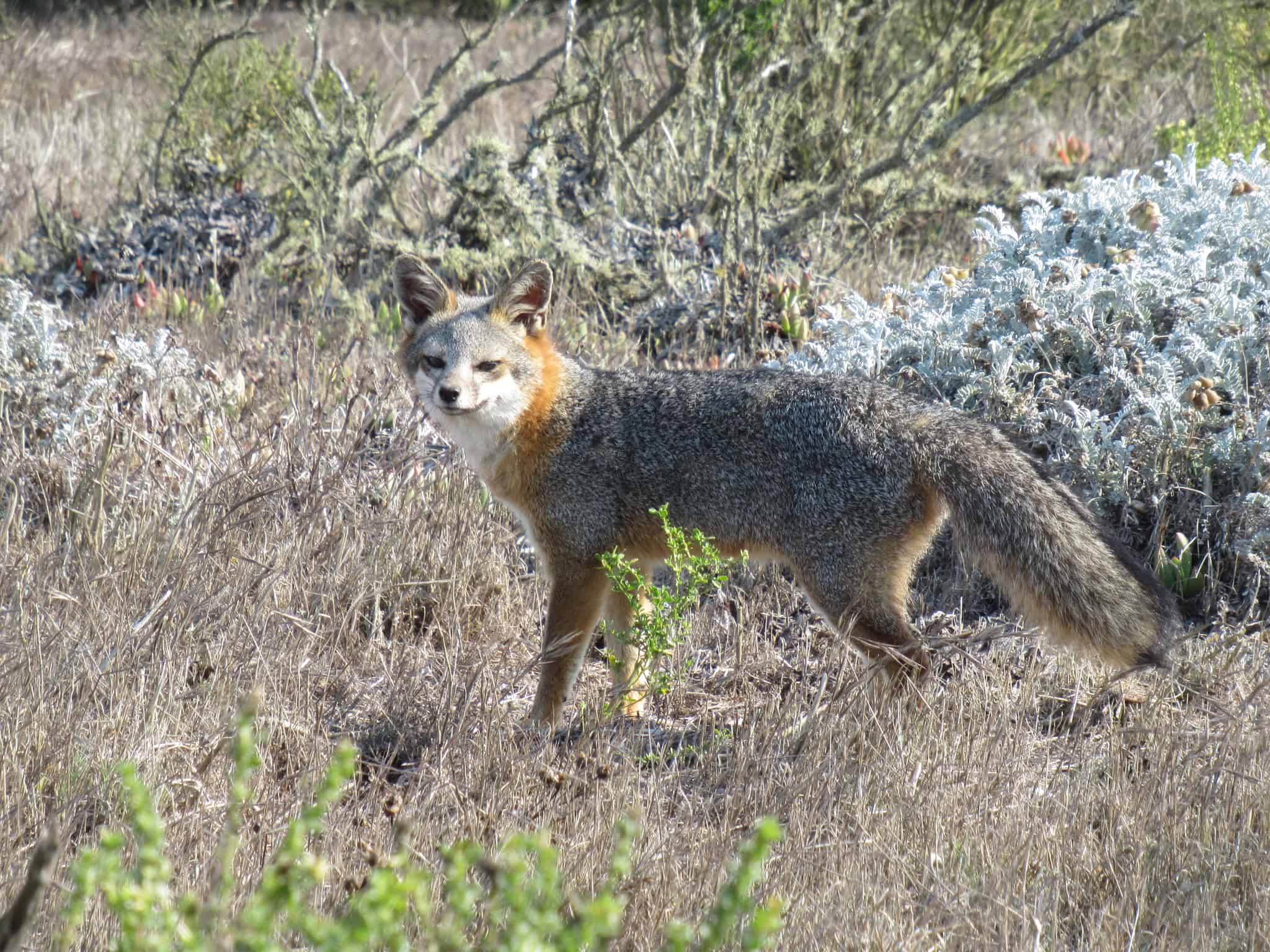Share this article
Good news for Florida panther conservation
A female Florida panther (Puma concolor coryi) has likely crossed the Caloosahatchee River in southwest Florida, making it the first time there has been evidence of a female panther north of the river since 1973.
“The Florida panther is a conservation success story,” said Carli Segelson, a habitat and species conservation spokesperson with the Florida Fish and Wildlife Conservation Commission. “The FWC has served as a leader in the recovery and management of the Florida panther since it was classified as endangered by the U.S. Fish and Wildlife Service in 1967. Since that time, the FWC and partners have achieved great progress in recovering the panther population from an estimated low of 30 animals to as many as 180 panthers today.”
The only known breeding population of panthers is south of the Caloosahatchee River, so the recent evidence of a female north of the river is good news. Female panthers exhibit a behavior known as philopatry, which is when young female panthers stay close to their mother’s home range while young male panthers disperse from their mother’s home range in search for new territory, according to Segelson. This is why it is less likely for females to be found north of the Caloosahatchee River. “Although we do not yet know where this female was born, we do suspect that her mother’s range included areas in close proximity to the river,” Segelson said. Segelson added that the river is not considered a physical barrier for the panthers since pumas are known to be good swimmers.

The cast of a female panther track that FWC biologists discovered in November. ©FWC
FWC biologists first detected evidence of the female panther on trail cameras. They have regularly monitored the male panthers on public and private lands north of the Caloosahatchee River for several years, and in 2015 they collected a photo of what they believed to be a female panther. As a result, they put up additional cameras in the summer of 2016 and captured more images, but weren’t able to confirm for sure that it was a female.
Then, in early November, the team found what they believed to be female panther tracks near the camera they set up. Females leave smaller tracks than male panthers and bobcats, the only other large feline native to Florida, are much smaller. “When we saw the tracks, we felt confident they were made by a female panther,” said Darrell Land, FWC panther team leader in a press release.
“The detection of this panther is great news for the potential recovery of the species,” Segelson said. “Given that we’ve already documented adult male panthers in this same area, we’d expect breeding events soon, if they have not already occurred. This would signal the natural expansion of the population, which we’ve been trying to achieve for years.”
Segelson says the FWC has been working with the U.S. Fish and Wildlife Service, conservation groups and private property owners to continue long-term conservation of panther habitat near the Caloosahatchee River. However, “with the increasing number of panthers, there also are increasing interactions and conflicts with people,” Segelson said. FWC is working with landowners in order to address some of these challenges.
Florida residents can also support panther conservation by purchasing “Protect the Panther” license plates at BuyaPlate.com. The fees from these plate sales are the primary funding for FWC’s panther research and management.
“Florida panthers are part of our state heritage. They’re our state animal,” said Kipp Frohlich, the deputy division director for Habitat and Species Conservation with FWC in a press release. “We want to ensure these majestic animals are here for future generations of Floridians. Female panthers moving north of the river on their own is a big step toward this goal.”
Header Image: A camera trap caught a photo of a Florida panther north of the Caloosahatchee River, which state biologists believe is the first evidence since 1973 of a female panther north of the river. ©FWC








